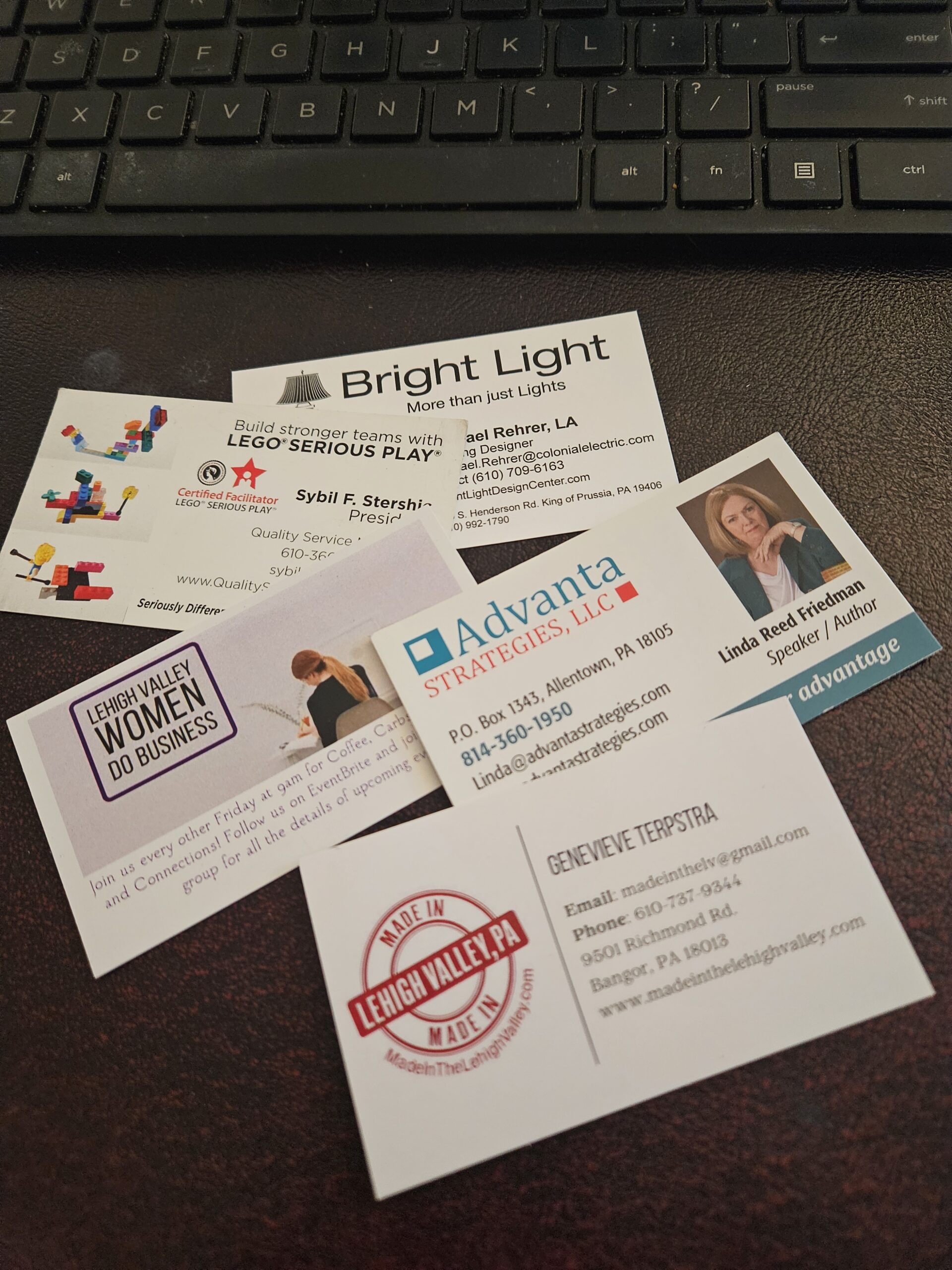Good conversation
A successful conversation is a multifaceted skill involving effective communication, active listening, and empathy. A key element in successful conversations is the ability to articulate thoughts clearly and concisely. It’s essential to express ideas in a manner that is easily understandable to the listener, fostering mutual understanding.
Active listening is important. Listen to the speaker, without interrupting or formulating responses prematurely. When you do this you show respect and improve the quality of the conversation. Engaging in the conversation with genuine interest and curiosity fosters a positive atmosphere and encourages open communication.
Having a good set of questions is always an excellent idea. Try a few from the Ungame.
How Humor Can Lighten the Room
A smile can make your design pitch twice as memorable. Humor, when done right, isn’t about being a comedian it’s about being human. A little laughter reminds everyone that design is supposed to bring joy, not stress. So the next time you walk into a presentation, bring your sense of humor along with your fabric swatches. You’ll leave behind not only a beautiful concept but also a positive impression.
Creating Connection: The overlooked power of eye contact
Eye contact is the designer’s secret to presence. It’s what transforms a presentation from mechanical to magnetic. Slides may show your ideas, but your eyes show your confidence and that’s what clients and audiences remember most.
Why Every Designer Should Practice Their Speech
In design, presentation is persuasion. When you practice speaking as much as sketching, you build trust, authority, and excitement around your ideas. A polished pitch can make the difference between a “maybe” and a “let’s do it.” Remember your voice is part of your professional toolkit. Use it well, and let it sell your vision as powerfully as your designs do.
NETWORKING …. WHAT HAPPENS AFTER
Networking is more about follow-up than first impressions.
Sound as Good as You Look
Trade shows can showcase your talent and brand but shouldn’t cost you your voice.
The Designer’s Elevator Pitch:
If you can’t explain your vision in a minute, you’ll lose the moment. In the world of design, opportunities often appear unexpectedly,a quick chat at a showroom, a brief meeting at a networking event, or a chance encounter with a potential...







